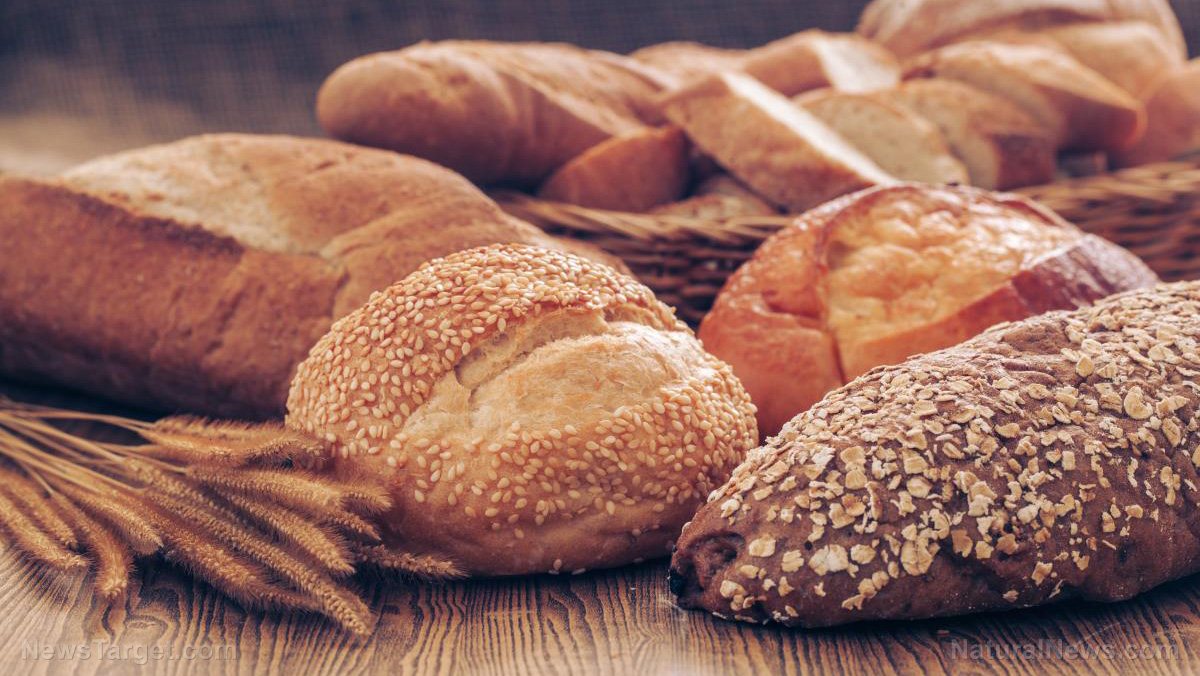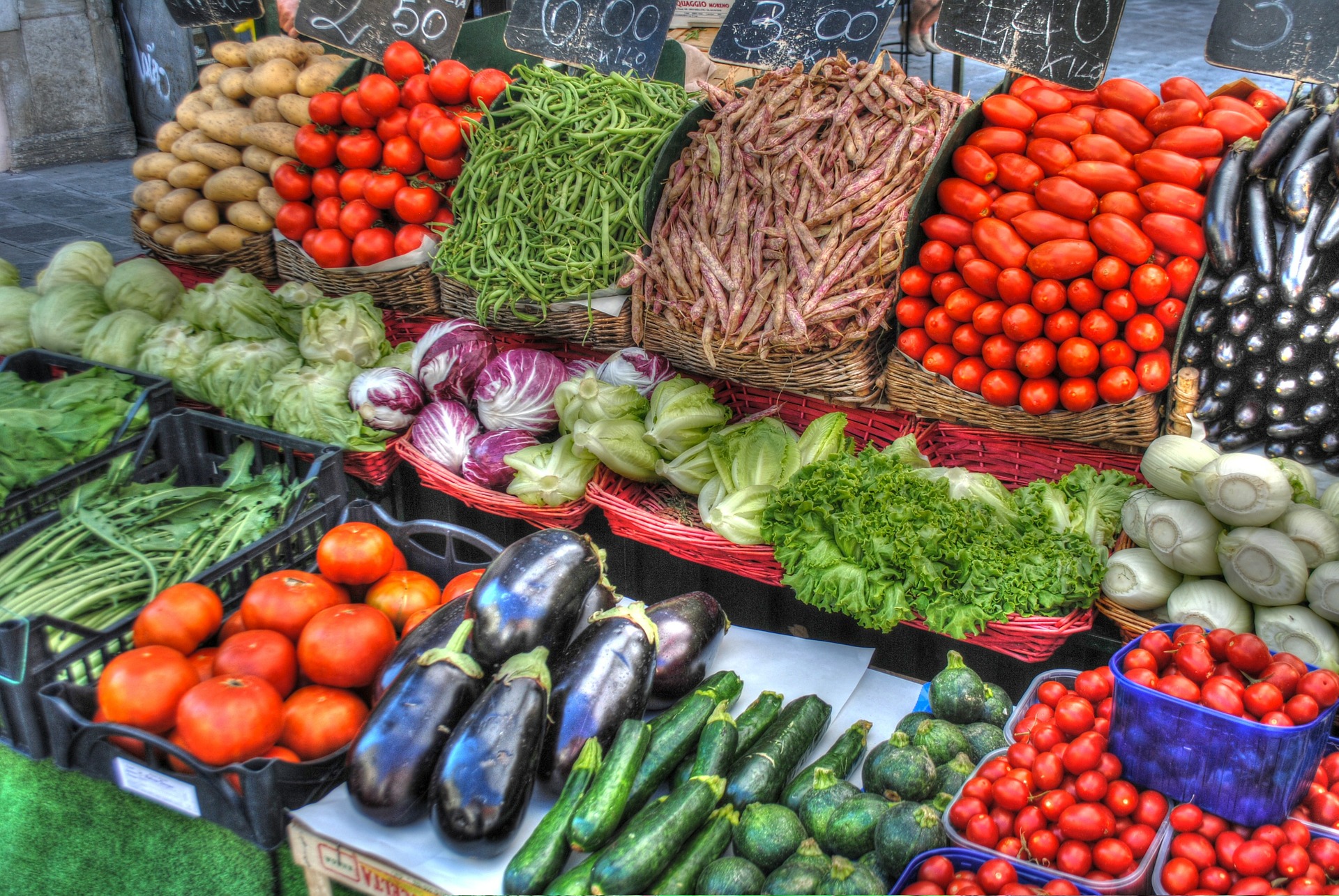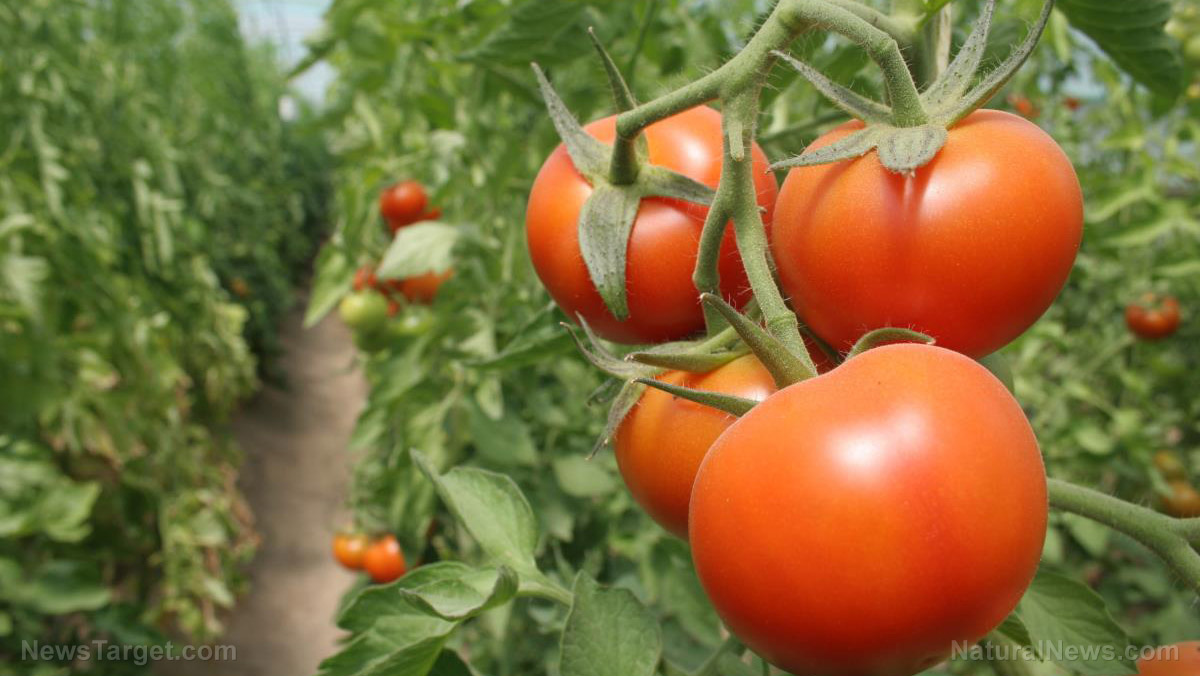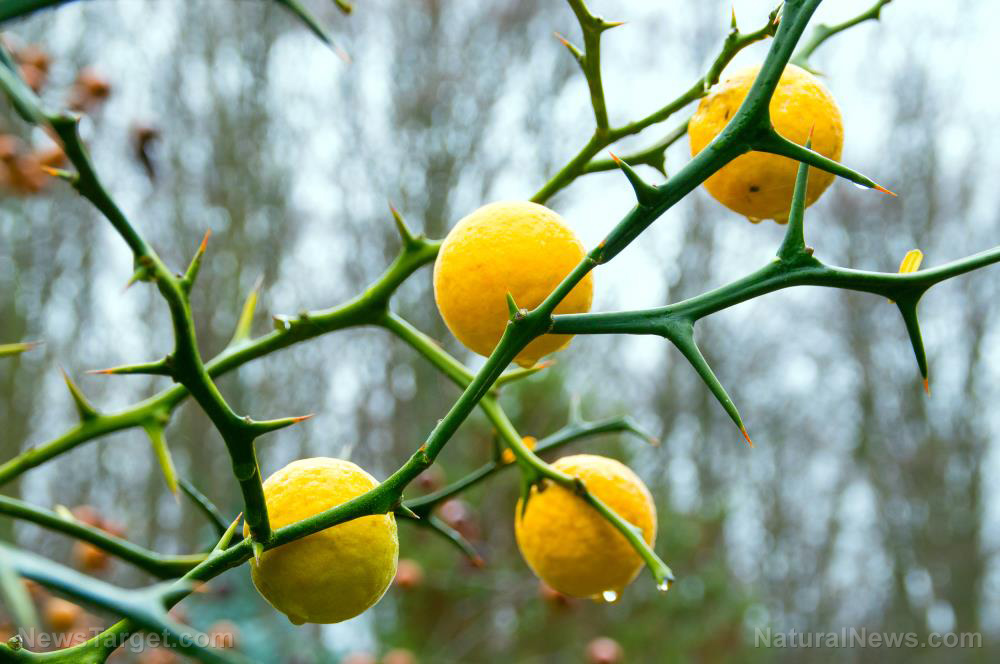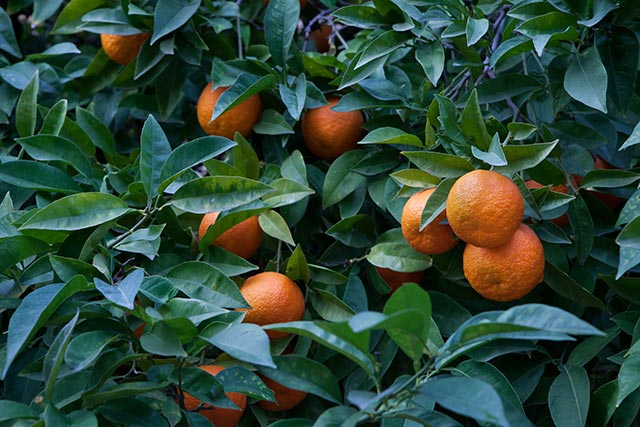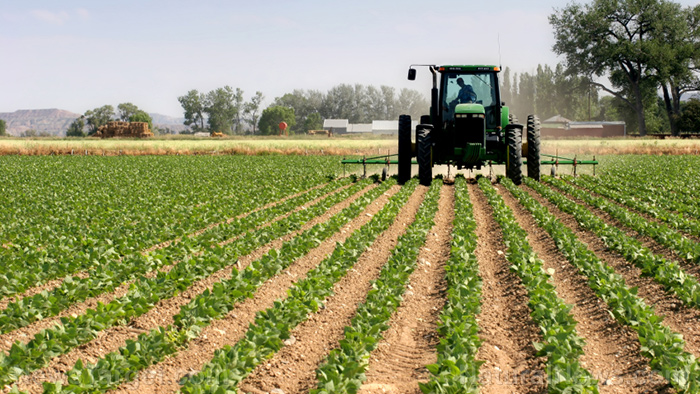Massive bean piles appearing along Mississippi River as barges can’t navigate shrinking river
10/16/2022 / By Ethan Huff
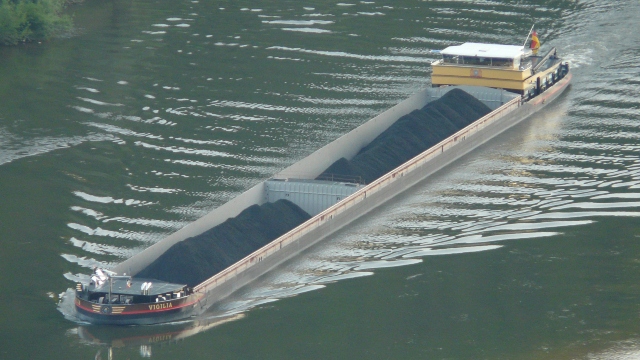
Water levels are now so low in the Mississippi River that crop harvest barges are unable to pass, leaving behind piles upon piles of beans and other farm goods.
One video – see below – shows a large bean pile in Memphis, Tenn., on October 12. What will become of all those beans remains unknown:
Cgb west Memphis bean pile 10/12/22 pic.twitter.com/7wJYpyhiLt
— will nicholson (@wpnicholson3) October 12, 2022
Another bean pile was spotted in Tunica, Miss., around the same time:
Tarp on the bean pile in Tunica, MS. pic.twitter.com/9TRQXWl1dF
— Jason Wheeler (@hog_wheeler) October 12, 2022
“I’m hearing of lots of beans being piled on the ground along the lower Mississippi due to no barge traffic,” said someone familiar with the situation.
“It’s a regular occurrence here in SESD … but we are prepared with pads / bunks / air / tarps. Some warm and wet weather down south and I see very bad things happening.”
An image tweeted by someone else shows a long line of semi-trucks carrying some of those farm goods that could not be picked up and transferred via barge. (Related: At least one rail union is planning to strike amid failed talks with railroads and Biden regime, which will only further damage the failing supply chain.):
Mississippi River is so low it is closed to barge traffic so the farmers trying to unload their harvest can’t.. our farmers have really taken a beating this year. pic.twitter.com/ItI3FGmfkA
— StringBean01 (@Bean01String) October 9, 2022
The following image captured in Vicksburg, Miss., shows just how dried up the Mississippi River is in some areas:
This picture is from Vicksburg Mississippi. In normal times, the water would be up to the dock. pic.twitter.com/8RJLEVmein
— Jordan Fife (@JordanFife1) October 12, 2022
Will the bean piles and other farm goods SPOIL before they can get to their destinations?
Since many barges are stuck and cannot move at all, barge prices are reportedly hyperinflating. As of this writing, the highest USD per ton price shown is $90.44. Prior to the massive spike, it was under $10 to move a ton of goods.
The vast majority of the now-stranded bean piles and other farm goods were intended for major export terminals in the Gulf of Mexico. While at least some of them appear to be covered and ventilated, how long will they really last before spoiling?
This is clearly a disaster in the making, along with everything else going on that spell famine and starvation in the coming months and years. How long will it be before Americans start to see the fallout from this at the grocery store?
Interestingly, the methods the globalists appear to be using to destroy the food supply chain are similar to what took place in the Soviet Union back in the 1980s, according to one commenter.
“More Soviet-style logistics stories from PRAVDA in 1983,” this person wrote.
“I was going to say; didn’t the USSR starve people to death like this?” responded another.
Someone else wrote that people with pickup trucks should perhaps head on over to the bean piles and buy up truckloads of beans to distribute themselves.
“West Helena (in Arkansas) stopped unloading,” wrote someone else on Twitter who seems to be in the business and knows about the situation on the ground. “It’s about to get really bad. All 3 cement terminals are out. We’re sending trucks to Cape. Four-hour wait to load.”
“We went from 4,000 yards a day to 2,000. Taking orders two weeks out.”
More than likely, just like most everything else going on right now, this is all the result of financial corruption (i.e., Wall Street and the financial terrorist oligarchs), suggested another person.
“There’s always an excuse: floods, droughts, con-vid, Putin, bird flu, etc.,” this person wrote.
Will there be enough food to feed everyone next year? Find out more at Collapse.news.
Sources for this article include:
Submit a correction >>
Tagged Under:
barges, bean piles, collapse, crops, demand, drought, famine, food collapse, food inflation, food supply, harvest, hunger, inflation, Mississippi River, rationing, rivers, scarcity, starvation, supply chain, transportation, weather terrorism, world agriculture
This article may contain statements that reflect the opinion of the author
RECENT NEWS & ARTICLES
Hunger.News is a fact-based public education website published by Hunger News Features, LLC.
All content copyright © 2022 by Hunger News Features, LLC.
Contact Us with Tips or Corrections
All trademarks, registered trademarks and servicemarks mentioned on this site are the property of their respective owners.

